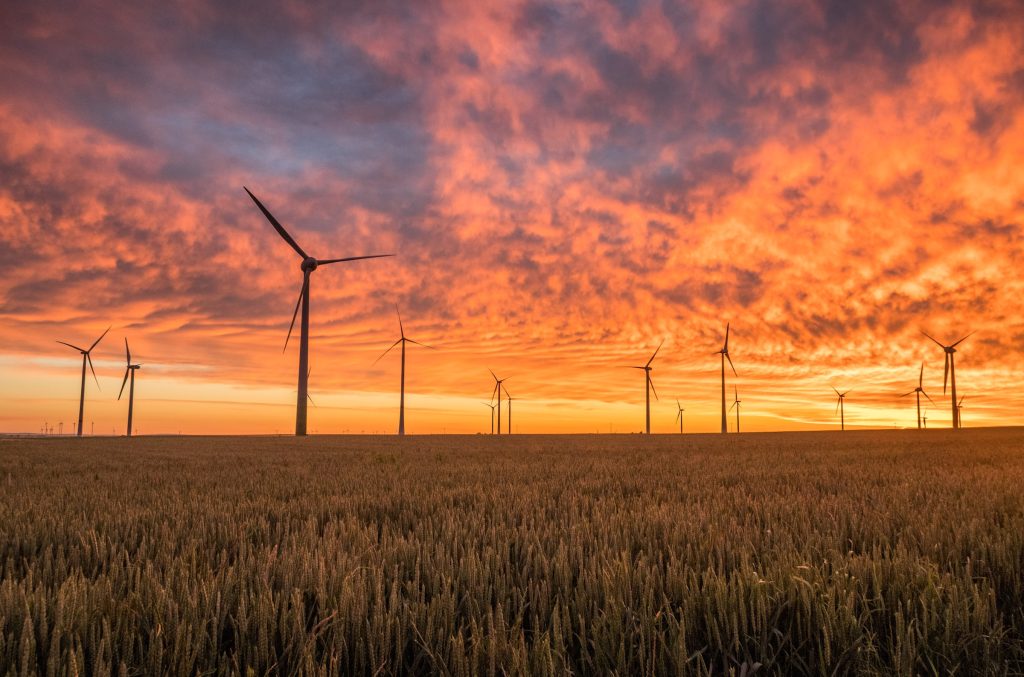
Second Wind for Wind Turbines: From Power Generators to Everyday Structures
The green energy realm is well-acquainted with wind turbines, towering figures slicing the air, converting wind to energy. But what happens when they retire?
Researchers from Queen’s University Belfast, in collaboration with several international institutions, including our representatives, are pioneering the transformation of these seemingly unusable turbine blades into functional structures, marking a significant step forward in the field of sustainable development.
Wind turbines, despite their environmentally-friendly power generation, have a less-green secret: their non-recyclable blades. With 450 blades predicted to be retired in Ireland by 2030, finding a sustainable solution for them has become a pressing concern.
The solution? Turning these blades into bridges, street furniture, and perhaps even telecom towers in the future. The project, helmed by the University along with partners from Ireland and the United States, has successfully repurposed these blades into small bridges apt for greenways and culverts.
Kenny McDonald, technical manager for the project, highlighted the dilemma faced by the industry, “The blades are only designed for a 20-25 year lifespan,” pointing out the lack of foresight about their disposal post-decommissioning.
But the journey from blade to bridge wasn’t a straightforward one. Two blades were repurposed into a bridge, stretching 7 meters long and 2 meters wide. Built at Creagh Concrete in Draperstown, this prototype underwent meticulous measurements and revisions in the Belfast lab before taking its final shape. The results were impressive. “We managed to put over 34 tonnes on top of it,” exclaimed Kenny, emphasizing the durability of the repurposed structure.
The broader vision is to acquire funding for larger structures by merging two blades, providing a viable large-scale solution to the issue.
Prof. Jenny McKinley of Queen’s highlighted the global scope of the challenge, “by 2042, 8.6 million tonnes of wind turbine blade material is going to have to find some sort of reuse.”
This challenge transformed into an opportunity for PhD student Angie Nagle. Not only did it lay the foundation for her doctorate but also inspired her startup that repurposes blades. She emphasized the immense potential of these blades, citing their robustness and durability, especially in static applications like bridges where they could last for another six decades.
The surge of wind farms across Ireland in recent times brings to the forefront the issue of blade disposal. Efforts continue globally to discover sustainable materials for blade construction or recycling methods for the existing ones. Repurposing them serves as a stop-gap, ensuring that these blades continue to serve a purpose while more permanent solutions are being explored.
For an industry that champions the fight against climate change, disposing of blades in landfills or through incineration would be a glaring paradox. This innovative project not only offers a practical solution but also underscores the importance of sustainability and reusability in all aspects of renewable energy.
©eco-guardians.org